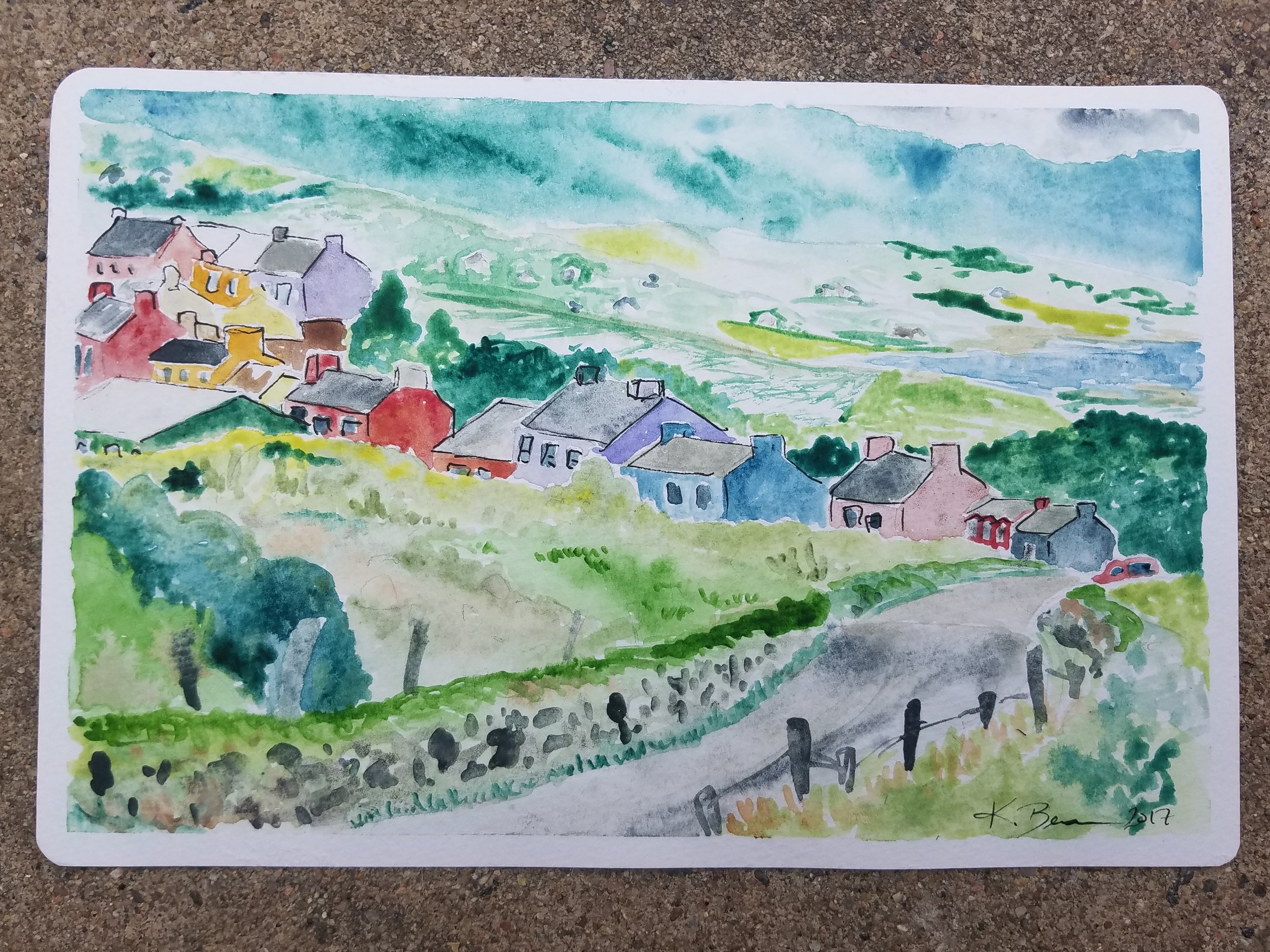If you’ve ever experienced graphic recording, you know it’s an extremely valuable tool to support groups to do their best thinking. But what is it that’s making the meeting feel so productive, insightful, and energized?
Today, instead of my usual explanation (It’s magic…see, I even just added a Unicorn to your strategic plan!), I’d like to share some of the neuroscience behind the benefits of having a graphic recorder or facilitator supporting your group.
Visual thinking is innate. From the Harvard Gazette: “…the study found that even when [participants] were prompted to use verbal thinking, people created visual images to accompany their inner speech, suggesting that visual thinking is deeply ingrained in the brain.”
Thinking visually helps us remember information better…
- “People who were encouraged to doodle…were able to remember 29% more of the information on a surprise quiz later,” Wall Street Journal
- Dual Coding Theory: Information is more likely to be understood and remembered when presented using images and words.
- Cognitive Load Theory: We have a finite amount of “brain power” to apply to critical thinking, remembering, or being creative. In fact, our brains can remember up to seven chunks of information before we start letting other things go. Using visual cues helps free up our minds from keeping track of those chunks and instead focus on connecting ideas, remembering key information, and creative thinking.
…and to express our emotions more deeply…which, in turn, results in a stronger memory and likelihood to retain information. An article by the Wall Street Journal cited a study that showed more complex emotional communication and processing from doodles than written responses: "Their pictures communicated more than just a text or a regular photo. They were more personal, more intimate."
We all learn best in different ways. There are four ways in which people learn; auditory —prefer to listen, visual—prefer to see, verbal—prefer to speak, and kinesthetic—prefer to move or do some physical activity. Graphic recording can support all four modalities as people hear the speaker, see the images and words, and get up to see the drawings closer, or walk around the view them.
Everyone wants your attention, which means visuals are more likely to be looked at and engaged with. “Recent studies say that nowadays, content is browsed 94% more often if it contains images and is shared 40 times more often in social media if it contains images.” - Visual Facilitation Cookbook
Side note: I could geek out on this all day – in fact a large chunk of my master’s thesis was devoted to using visual thinking to support understanding of the complex science of climate change. For more articles and publications, check out my Resources page. If you want to talk more, please let’s do!
Once again, thank you from my heart and soul for your support, great senses of humor, brilliant minds, collaboration and what you're each doing to make the world a better place.
Cheers, Karina
Think this sounds pretty neat? Let’s put science into action for your organization.
Where in the World is ConverSketch?
Feeling the ENERGY in Utah.
This week I'm back in Salt Lake capturing content for an Energy Democracy Symposium at the University of Utah. Starting tomorrow...so for now here's a watercolor card of the Irish countryside I made for my Da.


